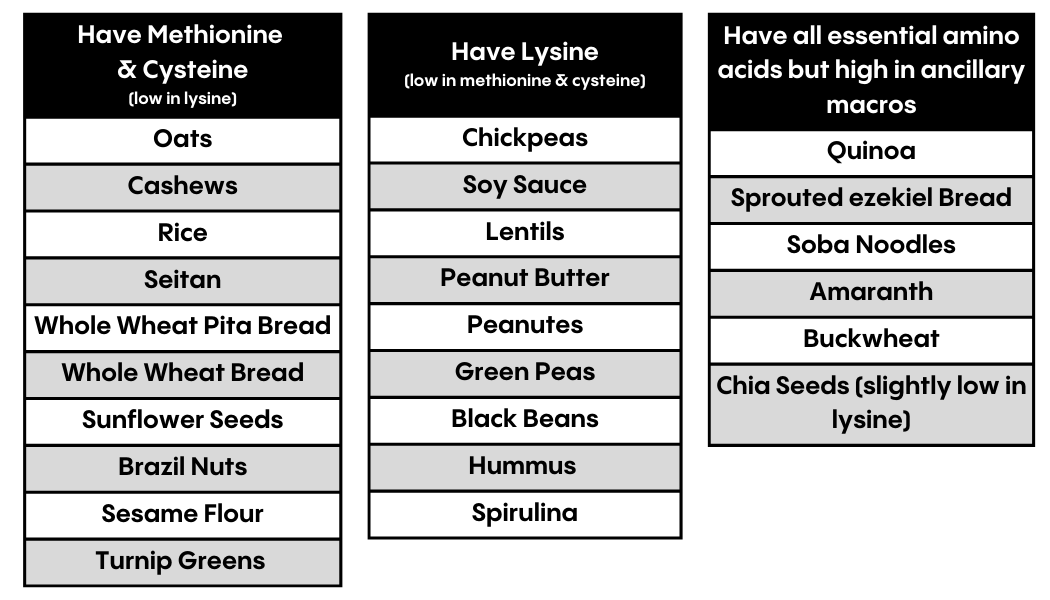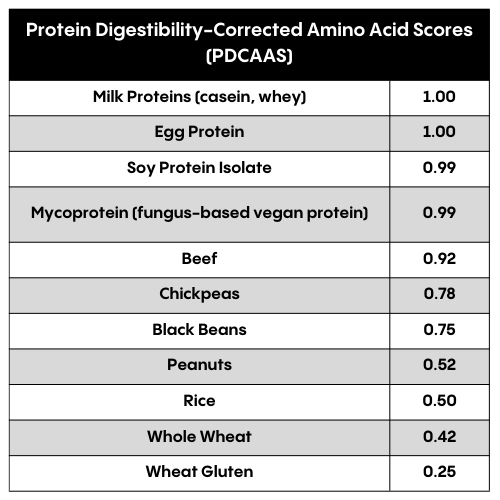At Midwest Strength and Performance, our members and clients know how much we love our protein, especially Fairlife protein shakes!
Protein is the main component of strength training, muscle building, and fat loss because it helps build and retain lean muscle tissue (Lim, 2021). Whether you enjoy animal, vegan or vegetarian sources, there are many different ways to meet your daily protein goals.
Each protein source has various properties that can alter the consumption and digestion process. The current Recommended Dietary Allowance (RDA) for protein is 0.8-1.0 grams of protein per kilogram of body weight per day to meet the nutrient requirements for healthy adults (Wu, 2016).
Protein at even higher ranges can have positive health outcomes for gym-goers, including assisting with maximizing strength, hypertrophy, endurance performance, and reducing body fat. We recommend a protein intake closer to 1.4–2.0 g protein/kg body weight per day (Campbell, B.I. et al. 2017). Although total protein intake is important, the quality of protein is often overlooked in regards to the amino acid building blocks within each protein source. There are non-essential amino acids and essential amino acids; essential amino acids are amino acids that our bodies cannot produce and we must ingest them through our dietary nutrition.
Protein Digestibility
The amount of protein that’s absorbed AND utilized by the body is referred to as digestibility. The primary factor that determines digestibility is the origin of the protein. The other components of food consumed (carbs, fats, fiber, etc.) affect how quickly your body can access the protein.
For example, this is why manufactured whey isolate protein (protein powders or premade shakes) are heavily used after a workout as they are a fast digesting and effective source of protein. Casein protein, whether manufactured or found in whole foods, is a slower digesting protein, which is more advantageous in other contexts vs. post workout.
Whole foods like dairy, eggs, and meat are among the best sources of protein. Soy protein is a great option for vegans and vegetarians.
It is important to note that plant proteins are among the worst in terms of digestibility because of cellulose, a component of the cell walls that cannot be broken down by the digestive system. This ranks plant based protein lower on the digestibility and bioavailability scale (Berrazaga, Insaf et al, 2019). This is important when considering what a healthy diet looks like for plant-based eaters. If you are plant based, the processed plant protein is a more digestible option compared to non-processed options because the processing of plant protein breaks down the cellulose, which makes the amino acids more bioavailable. There are exceptions: for example, mycoprotein – a fungus based protein – and nutritional yeast are plant based proteins that do not contain cellulose.
Plant-based protein foods CAN be part of a health-promoting dietary pattern. In regards to digestibility, vegetarians have more options because they have dairy and eggs available to them. In many cases, individuals who are vegan or vegetarian will need to supplement with protein powders, soy, nutritional yeast, and/or mycoprotein to meet the amino acid requirements for desired fitness and composition goals.
Protein Quality
Protein sources can be ranked based on the types and ratios of amino acids. Food sources like dairy and eggs are complete proteins, whereas, most plant-based protein foods are considered incomplete.
This does not mean non-essential amino acids are not a viable option for health and muscle building/retention goals. A diet that includes all essential and nonessential amino acids will provide the best results. A great way to ensure all essential amino acids are consumed is to pair different protein sources in the same meal.
It can be difficult to achieve complete proteins on a vegan diet, because plant-based protein sources often have ancillary macros. This means that higher protein options that are plant based are also high in carbohydrates and fats. While many animal proteins are available at low fat and low carb ratios, this is not the case for many plant-based protein options.
For example, wheat-based pita bread and hummus are complementary protein sources, but the pita may be higher in carbs, and hummus has a great deal of fat (and some more carbs). Combining multiple plant based protein sources makes it difficult to stay within your macro and calorie parameters for the day while consuming enough protein for performance and composition goals. Additionally, the digestibility of a pita and hummus is so low this may require consuming closer to the upper end of RDA for protein. This is where relatively lower calorie options like protein powders can be so powerful in order to achieve higher protein goals!

The Protein digestibility-corrected amino acid score (PDCAAS) is the current standard for determining the quality of a protein source. This standard takes into account the amino acid content and the digestibility of the protein source. Each protein source is scored from 1 being the highest possible score and 0 being the lowest and least dense source of protein in terms of amino acid content and ability to digest. Below is a list of the most common protein sources:

Protein Source Micronutrient Density
Protein and amino acids are much more than just the building blocks of muscle. Although we ingest most of our vitamins, minerals, and fiber from fruits and veggies, animal protein products are also rich in these micronutrients.
Unsure of how much protein you should be consuming? Or from what sources?
Book your free nutrition consultation today!
References
Berrazaga, Insaf et al. “The Role of the Anabolic Properties of Plant- versus Animal-Based Protein Sources in Supporting Muscle Mass Maintenance: A Critical Review.” Nutrients vol. 11,8 1825. 7 Aug. 2019, doi:10.3390/nu11081825
Campbell, B.I. et al. International Society of Sports Nutrition Position Stand: protein and exercise. J Int Soc Sports Nutr 14, 20 (2017). https://doi.org/10.1186/s12970-017-0177-8
Lim, Meng Thiam et al. “Animal Protein versus Plant Protein in Supporting Lean Mass and Muscle Strength: A Systematic Review and Meta-Analysis of Randomized Controlled Trials.” Nutrients vol. 13,2 661. 18 Feb. 2021, doi:10.3390/nu13020661
Wu, Guoyao. “Dietary protein intake and human health.” Food & function vol. 7,3 (2016):1251-65. doi:10.1039/c5fo01530h
